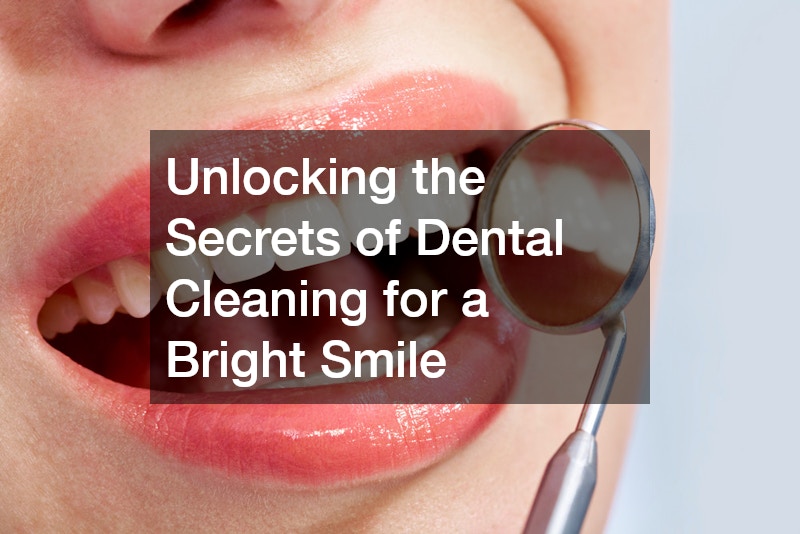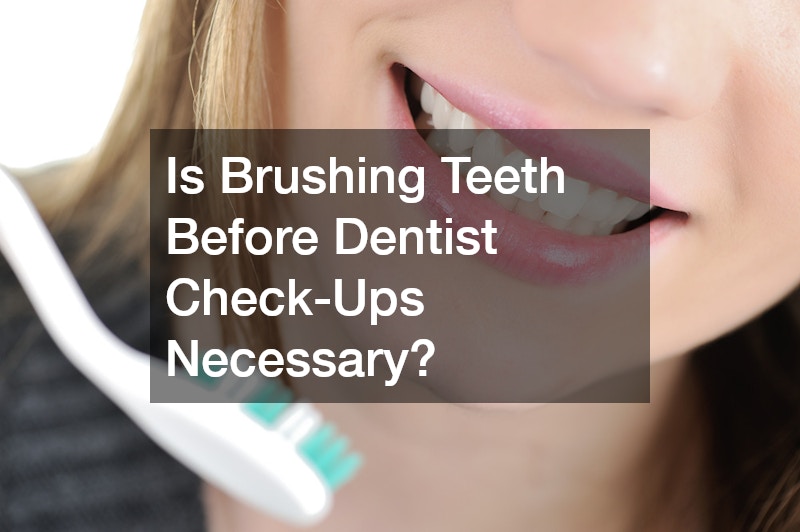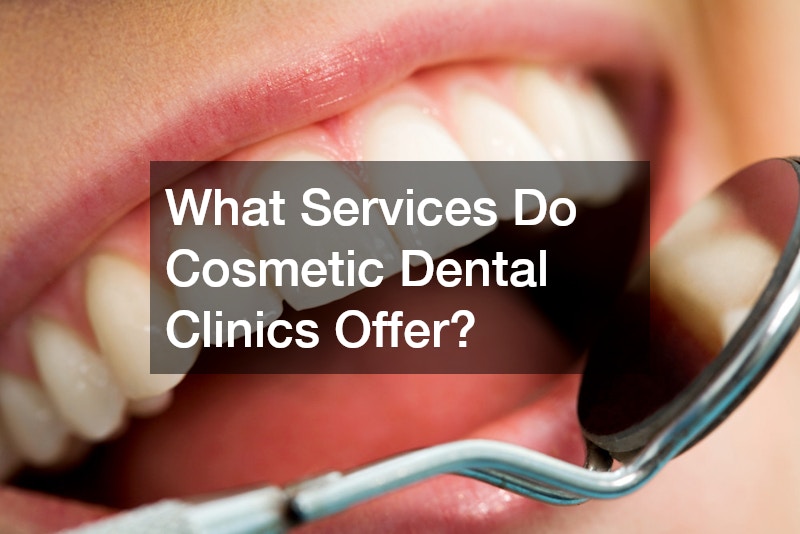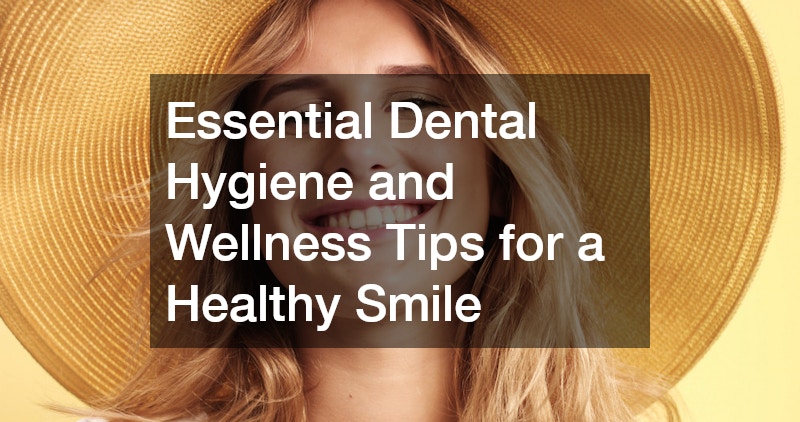Unlocking the Secrets of Dental Cleaning for a Bright Smile
A professional dental cleaning is more than just a routine check-up—it’s a vital part of maintaining a healthy, confident smile. Whether you’re aiming to brighten your teeth or prevent long-term oral health issues, regular cleanings offer benefits that go beyond what your toothbrush can achieve at home. Understanding what happens during a dental cleaning and why it matters can help you prioritise your oral health and keep your smile shining.
What Happens During a Dental Cleaning?
A standard dental cleaning, also known as prophylaxis, typically involves several key steps. First, the dental hygienist examines your mouth using a small mirror to check for signs of gum inflammation, plaque buildup or other concerns. Next, they use specialised tools to remove plaque and tartar—hardened deposits that brushing and flossing can’t eliminate—from your teeth and along the gumline .
After scaling, your teeth are polished with a gritty toothpaste and high-powered brush to remove surface stains and smooth the enamel. This step helps your teeth feel clean and look brighter. The hygienist then flosses between your teeth to remove any remaining debris and may apply a fluoride treatment to strengthen your enamel and protect against cavities.
The Cosmetic Benefits: A Naturally Brighter Smile
One of the most noticeable outcomes of a dental cleaning is a whiter, more radiant smile. Everyday habits like drinking coffee, tea or red wine, as well as smoking, can stain your teeth over time. A professional cleaning removes these surface stains, restoring your teeth’s natural brightness without the need for whitening treatments .
Regular cleanings also help prevent the buildup of plaque and tartar, which can cause discolouration and dullness. By maintaining consistent dental visits, you can keep your smile looking fresh and polished year-round.
Oral Health Advantages: Preventing Gum Disease and Tooth Decay
Beyond aesthetics, dental cleanings play a crucial role in preventing gum disease and tooth decay. Plaque is a sticky film of bacteria that forms on your teeth and, if not removed, can harden into tartar. This buildup can lead to gingivitis, the early stage of gum disease, characterised by red, swollen gums that may bleed during brushing .
If left untreated, gingivitis can progress to periodontitis, a more severe form of gum disease that can result in tooth loss and other health complications. Regular cleanings remove plaque and tartar, reducing your risk of developing these conditions and promoting healthier gums.
The Link Between Oral Health and Overall Well-being
Maintaining good oral hygiene through regular dental cleanings doesn’t just benefit your mouth—it also supports your overall health. Research has shown connections between gum disease and systemic conditions such as heart disease, stroke and diabetes. Inflammation and bacteria from oral infections can enter the bloodstream, potentially affecting other parts of the body .
By keeping your teeth and gums healthy, you may lower your risk of these serious health issues. Regular dental visits allow for early detection and management of oral problems, contributing to better general health outcomes.
Fresh Breath and Enhanced Confidence
Persistent bad breath, or halitosis, can be a source of embarrassment and social discomfort. While brushing and flossing at home are essential, they may not fully eliminate the bacteria that cause odours. Dental cleanings effectively remove plaque, tartar and food particles that contribute to bad breath, leaving your mouth feeling fresh and clean .
A clean, healthy mouth can boost your self-esteem and confidence, making you more comfortable in social and professional interactions. Knowing your teeth are well-cared for can encourage you to smile more often, positively impacting your personal and professional relationships.
How Often Should You Get a Dental Cleaning?
The general recommendation is to have a dental cleaning every six months. However, the ideal frequency can vary based on individual needs. People with a higher risk of dental issues, such as smokers, diabetics or those with a history of gum disease, may benefit from more frequent cleanings. Your dentist can assess your oral health and suggest a personalised schedule to keep your teeth and gums in optimal condition.
Maintaining Oral Health Between Cleanings
While professional cleanings are essential, daily at-home care is equally important. To maintain oral health between dental visits, make sure to brush your teeth twice a day with fluoride toothpaste and floss daily to remove plaque and food particles from between your teeth. It’s also helpful to limit sugary and acidic foods and drinks, as they can erode enamel over time.
Avoiding tobacco products reduces your risk of gum disease and oral cancer, and staying hydrated helps wash away bacteria and leftover food. Keeping up with these habits supports the benefits of professional cleanings and promotes long-term dental health.
Regular dental cleaning appointments are a cornerstone of effective oral care, offering both cosmetic and health benefits. By removing plaque and tartar, preventing gum disease and contributing to overall well-being, these cleanings help ensure your smile remains bright and healthy. Scheduling routine dental visits and maintaining good oral hygiene at home are key steps in achieving and preserving a confident, radiant smile.





Post Comment